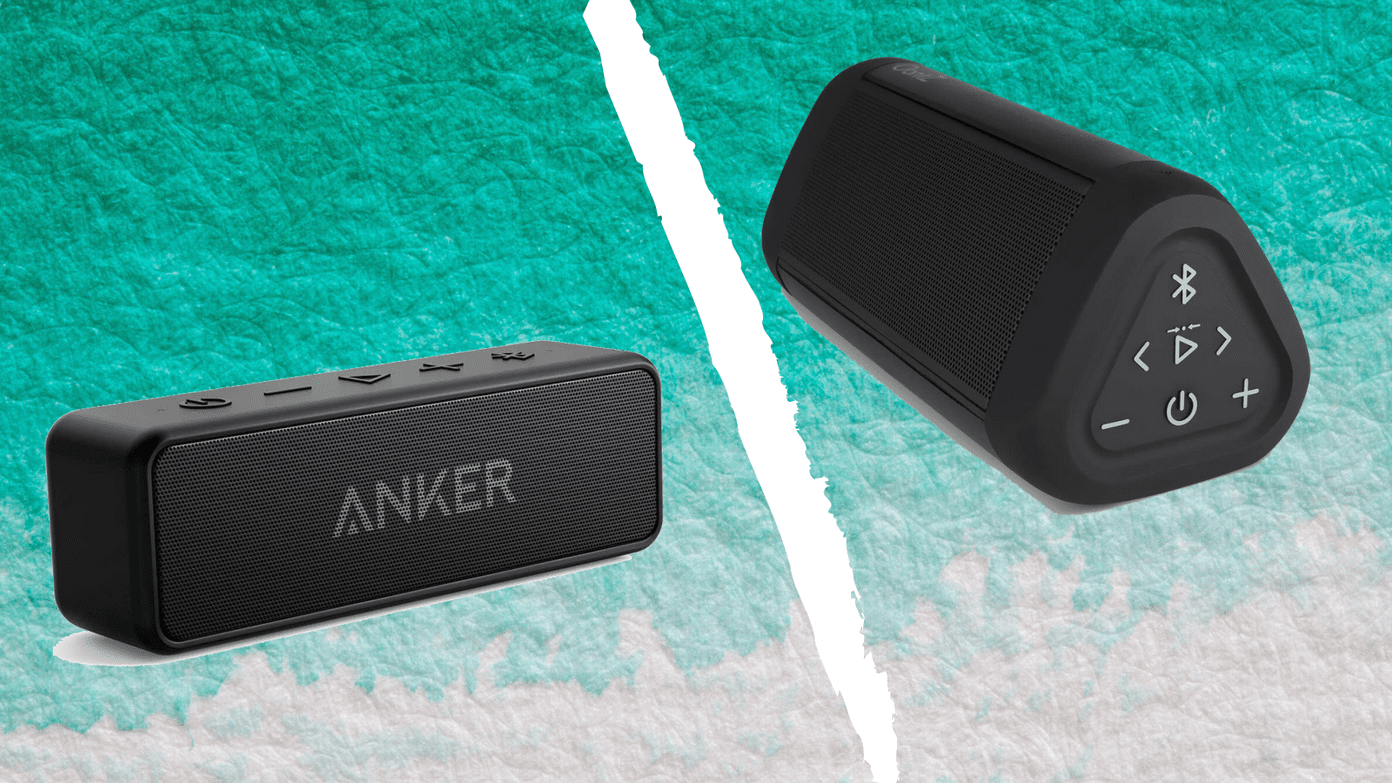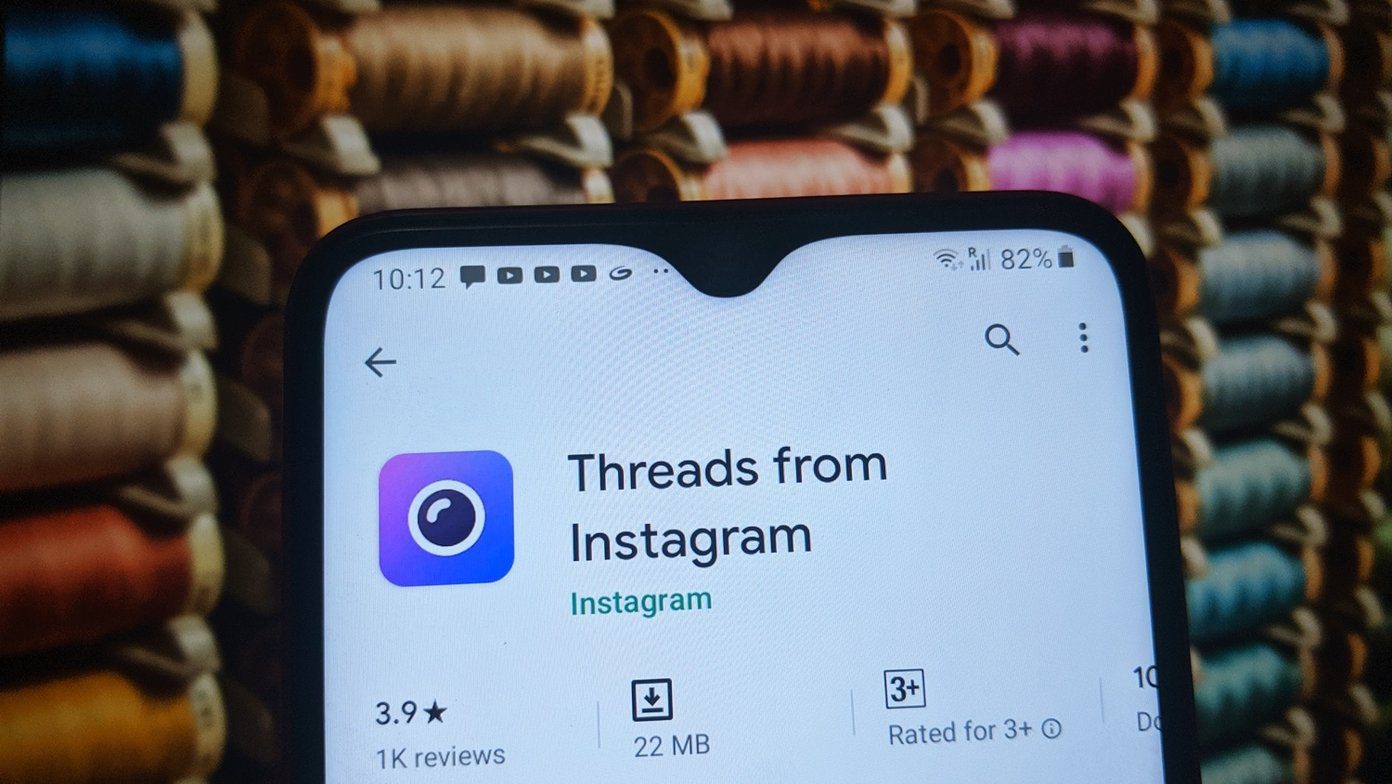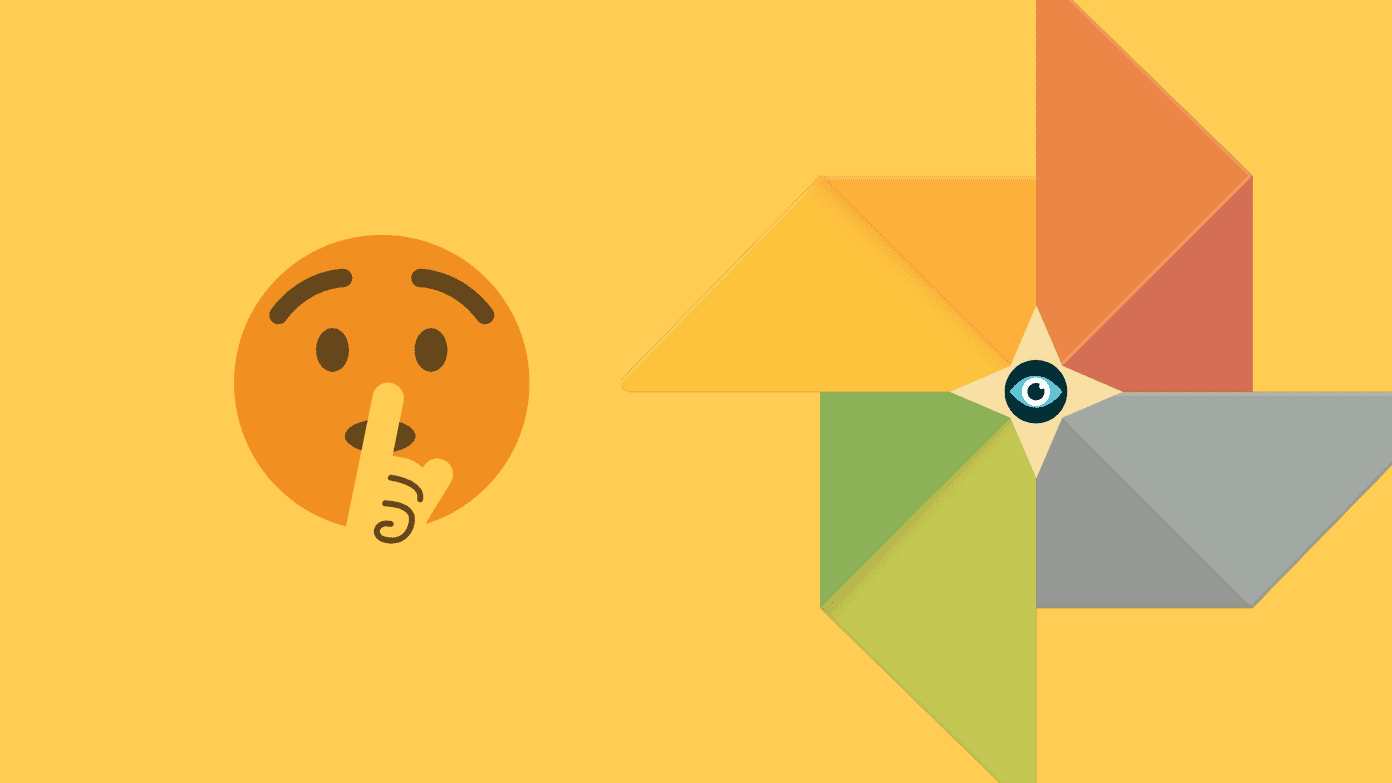So we’ll be covering two such apps. Clockify is completely free to use and has all the essential features that you would want from a time tracking app. Get Clockify Toggl is a more advanced time tracking app with some bells and whistles along with a robust feature set and multiple pricing plans. Get Toggl Let’s begin.
1. Design and UI
Both Clockify and Toggl have done an excellent job of keeping their web and mobile app UI clean, accessible, and easy to use. The UI is almost identical for the web version where you will find a timer at the top, recent time entries below that, and all the shortcuts neatly organized in the left sidebar. You can quickly create a new entry and start the timer in no time. That way, you can focus on the work on hand without wasting too much on the timer itself. Toggl’s mobile app is a lot better than Clockify’s. Where in Clockify, you can only use the timer feature and see past entries, in Toggl, you can also view reports and calendar. The calendar integrates with Google Calendar but more on that later. The timer works the same way on both the platforms.
2. Clients, Teams, Projects, and Tasks
Creating clients, teams, and projects is again the same under both time tracker apps. Just select the correct option from the sidebar and click on Add to add a new name. Here is how the hierarchy works. First, you will create clients for whom you are working and they can be a person or a company. Under clients, you will create projects for different jobs. For me, this is ideation, writing, and proofreading. I would suggest you keep things simple. I like the fact that I could color-code projects in Toggl, but that’s not possible in Clockify. As you can see in the screenshot above, creating too many projects and mixing personal and professional ones can be confusing. You won’t use the timer for each thing you do in your life. That’s too much trouble. Keep it precise and focus on tracking things that matter or areas where you need to improve. Toggl offers one additional feature here which is Tasks. You can use tasks to divide your projects further. For example, you are working on a website project. In that case, tasks can be making a logo, icons, content, server optimization, and so on. Depends on your field of work but can be very helpful. You can mark each task/project as billable or non-billable in both and select your preferred currency. You can now assign these tasks to different members of the team and set a time estimate which is basically a deadline. That also gives you a bird’s eye view of who is working on what and when each task is scheduled to finish. More useful for teams. Finally, there are tags. I usually don’t use it, but you can mark tasks or projects with tags in both Toggl and Clockify like ‘mobile’ or ‘desktop’ depending on where you are working.
3. Logging Time
This is why you wanted a time tracking app in the first place. To log time. Again, for the most part, both Toggl and Clockify do things similarly, but there are subtle differences. You can either use the Timer to mark the project you are working on and get busy leaving the counter on. Or, you can enter time manually which is more useful in case you did some work but forgot to log time. That also allows you to edit previous entries if you want to correct the time logs. Toggl understands that we are a forgetful race and our attention span is shrinking alarmingly. That’s why it will send reminders if the timer is inactive for too long — a gentle nudge. Another useful feature hidden in the browser extension is Idle Time. If the Timer is running, but no activity is detected for too long on your desktop/laptop, Toggl will calculate idle time and ask you to deduct that time automatically from the total logged time. Smart and useful.
4. Toggl Features
Pomodoro is a popular method to boost productivity by taking a short 5-minute break every 25 minutes. Toggl has this feature in the free plan hidden in the browser extension. You can also choose to stop the timer at break-time. Handy if you use the Pomodoro technique. Clockify also offers this but only in the Mac app. There is the Timeline feature where Toggl will keep track of every website that you visit and for how long. Are you spending too much time on social media? Toggl will let you know! Finally, Toggl integrates with Google Calendar so you can receive reminders to track your calendar events and tasks right on your smartphone. Makes life that much easier. Clockify’s Chrome extension page says that the team is working on Pomodoro timer, Reminders, and Idle detection features. On the plus side, Clockify offers Attendance feature tracker so you know who was on holiday on a given date.
5. Pricing, Platform, and Integration
Clockify is free. Yes, there is no charge whether you are an individual or a company working with teams. Clockify’s Plus plan, at $10/month per workspace, allows team leaders to set goals and reminders for team members, lock timesheets, and create private entries. The Premium plan, at $30 per workspace, offers alerts, project templates, and editing features. Clockify also offers a self-hosted version for companies who want more control over their data. That costs $450/month. The free plan of Toggl offers Pomodoro Timer, Idle Detection, and Timeline feature. The Starter plan costs $9 per user monthly. It will let you, add tasks, set alerts, and offer advanced reports. The Premium plan, at $18 per user monthly, will let you manage teams, set tracking reminders, set user roles, and determine access levels. The key difference in pricing between Clockify and Toggl is that the former charges a price that is based on workspace, and the latter charges per user. This makes Toggl more expensive but also more feature-rich at the time of writing this guide. Both Toggl and Clockify integrate with many apps and services like Trello, Asana, Any.do, Basecamp, and so on. Both of them also offer mobile apps for Android and iOS, have browser extensions for Firefox and Chrome, and desktop apps for Windows, Linux, and macOS.
Time Up!
Clockify is a solid app and completely free with no ads. Toggl offers some additional features which you may or may not need. It’s a tough one as both the apps are well designed. Toggl is better for individuals as it offers some additional features which Clockify is still working on. Clockify has a self-hosted version, but it’s expensive. Toggl provides more control but isn’t feasible if you’ve a large number of users, and that can be costlier than Clockify. Next up: Do you want to use Toggl? Need to know more? Check out our in-depth review by clicking on the link below. The above article may contain affiliate links which help support Guiding Tech. However, it does not affect our editorial integrity. The content remains unbiased and authentic.


















![]()

